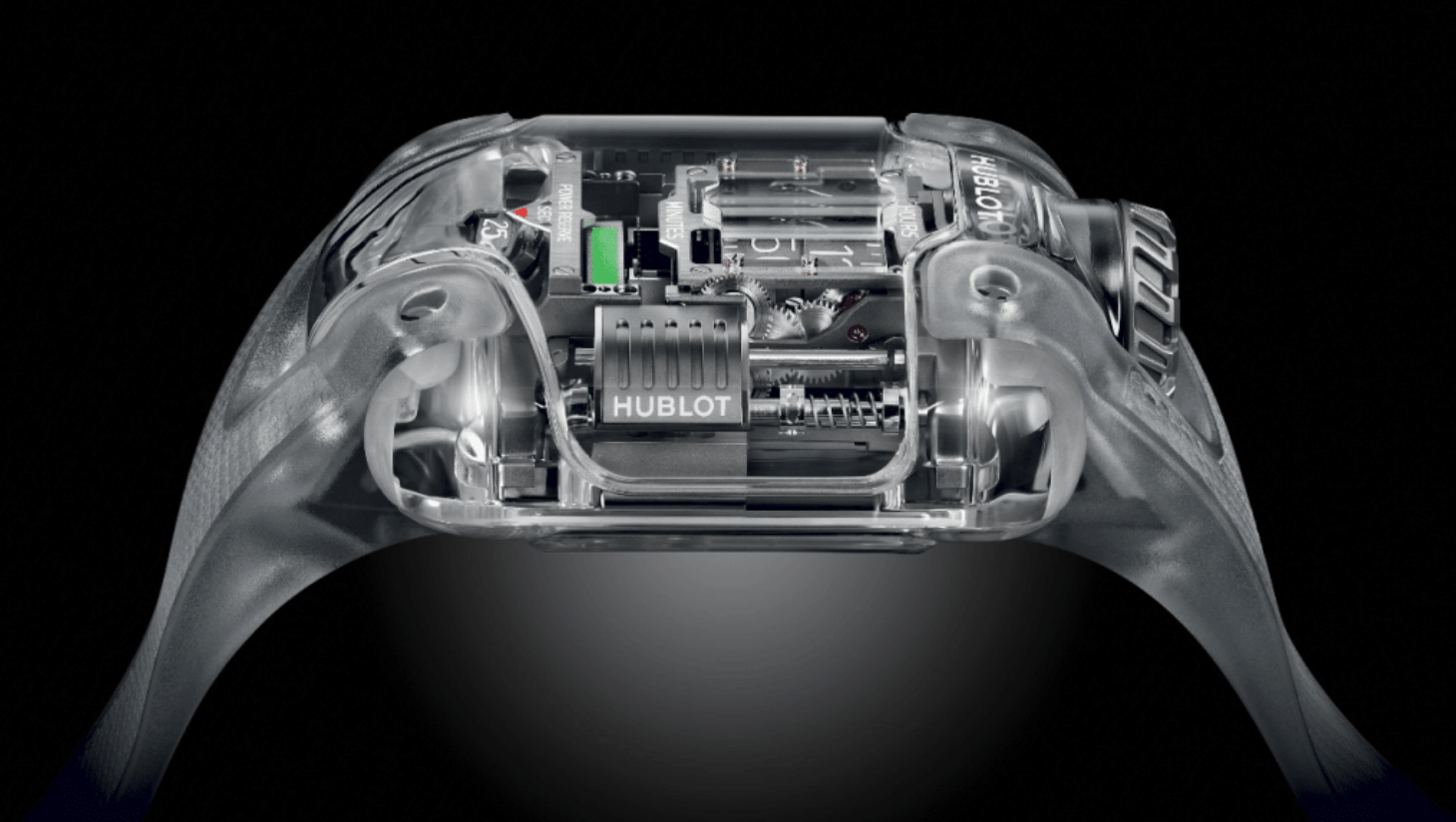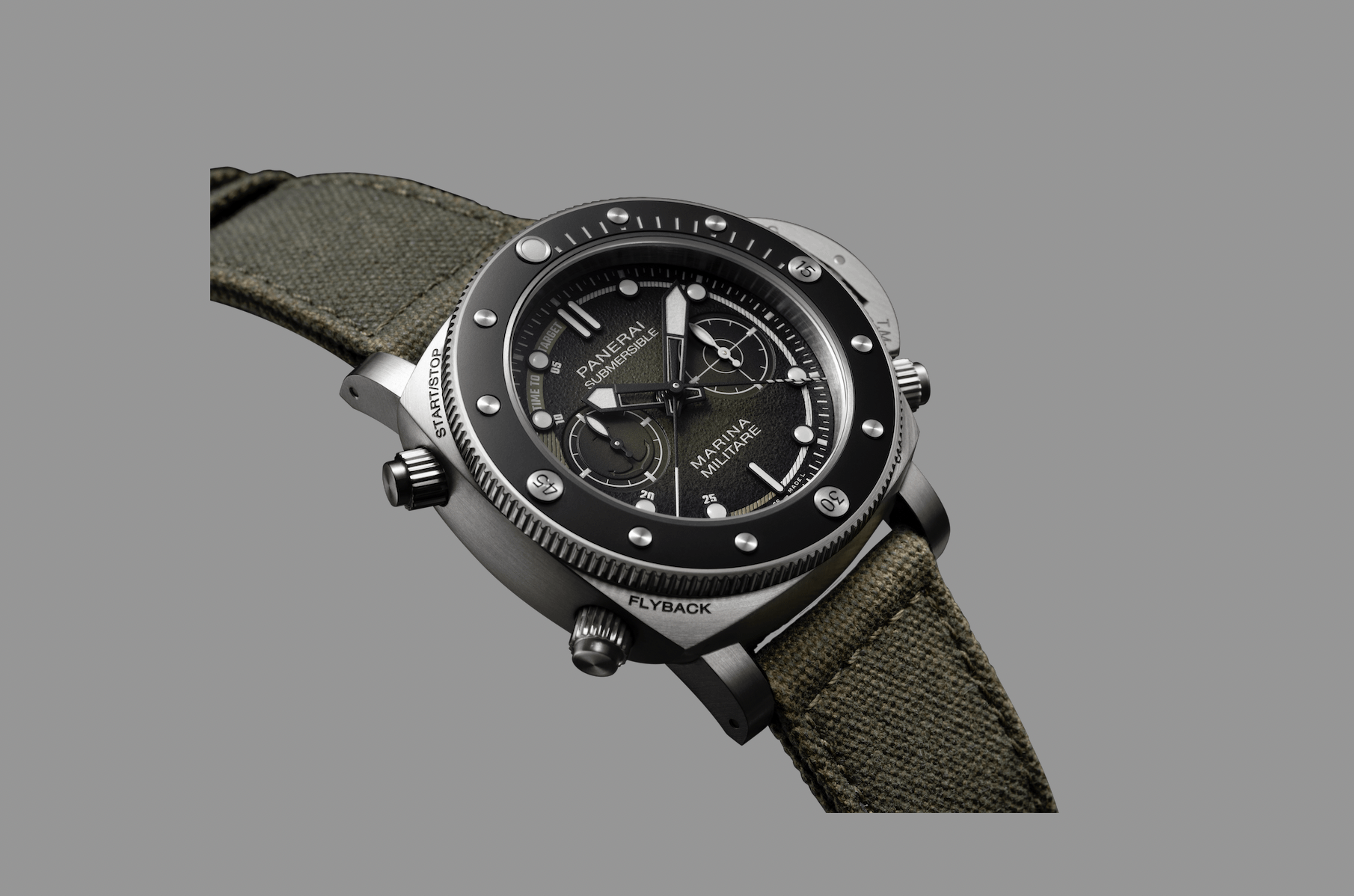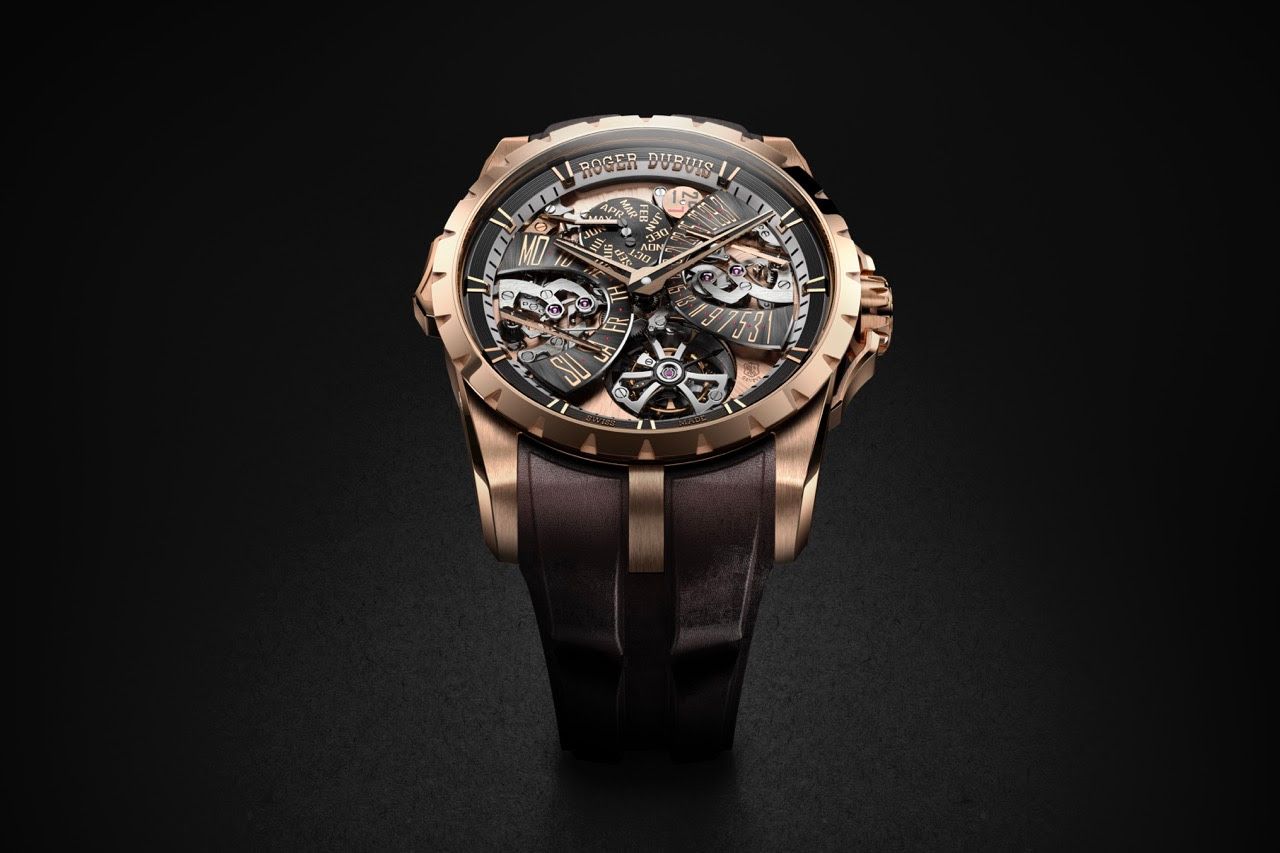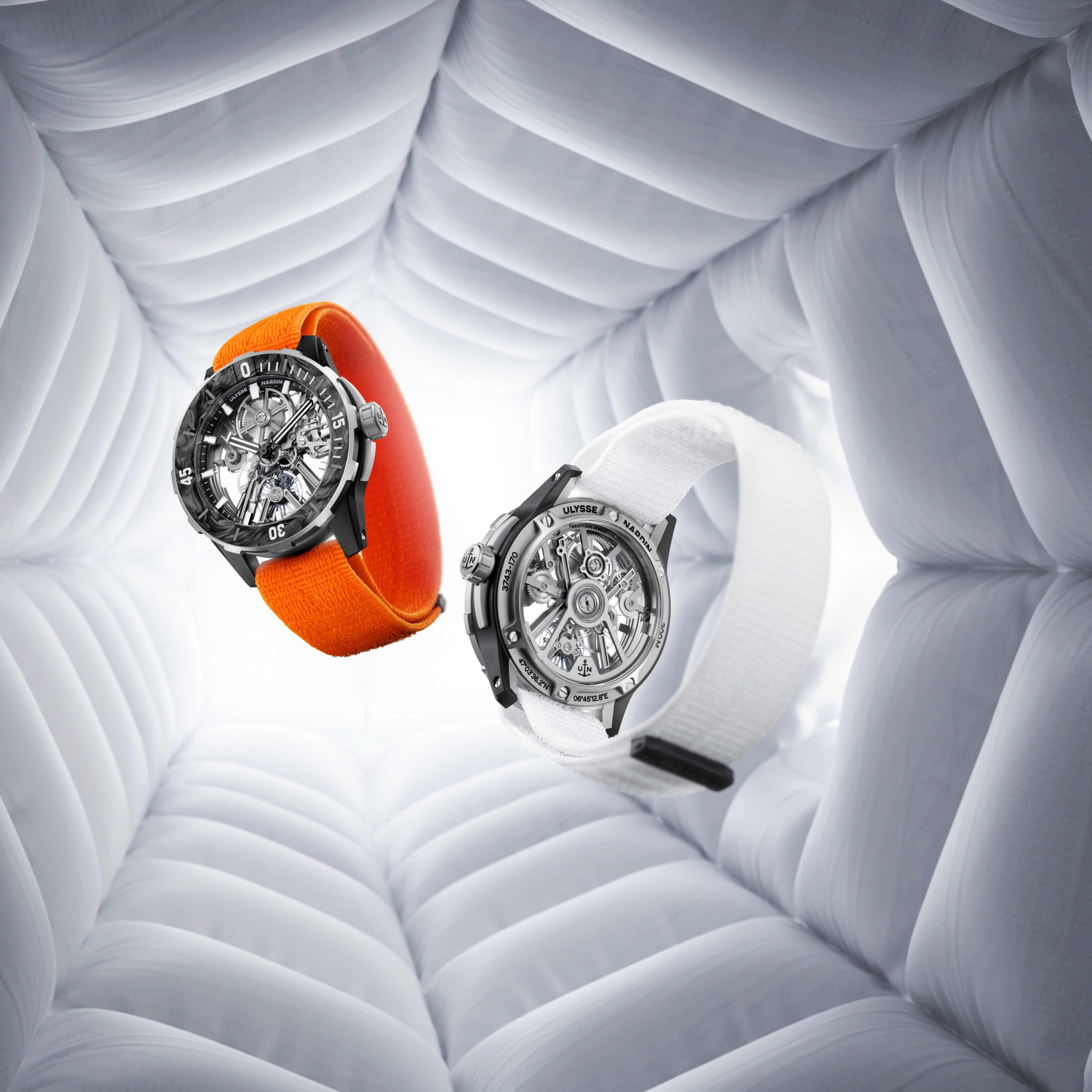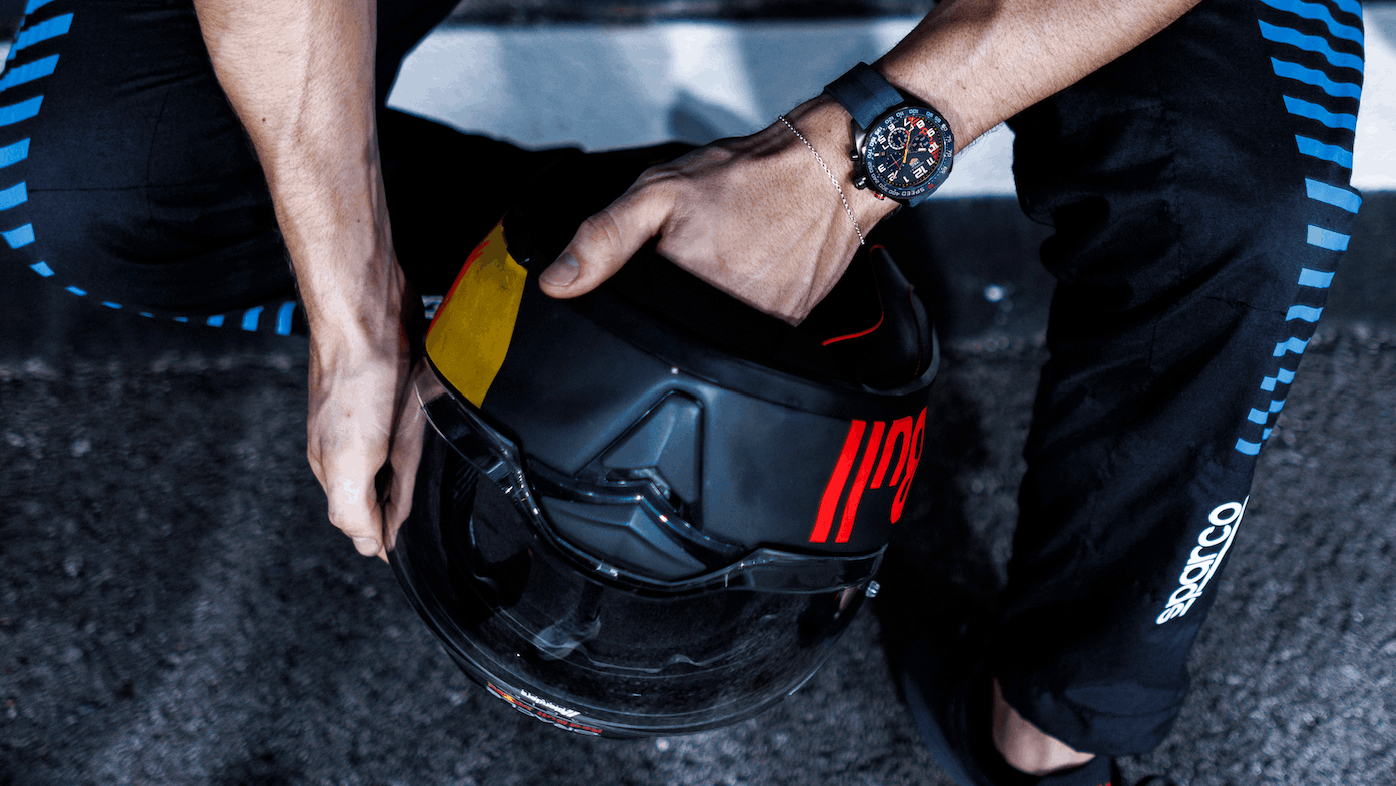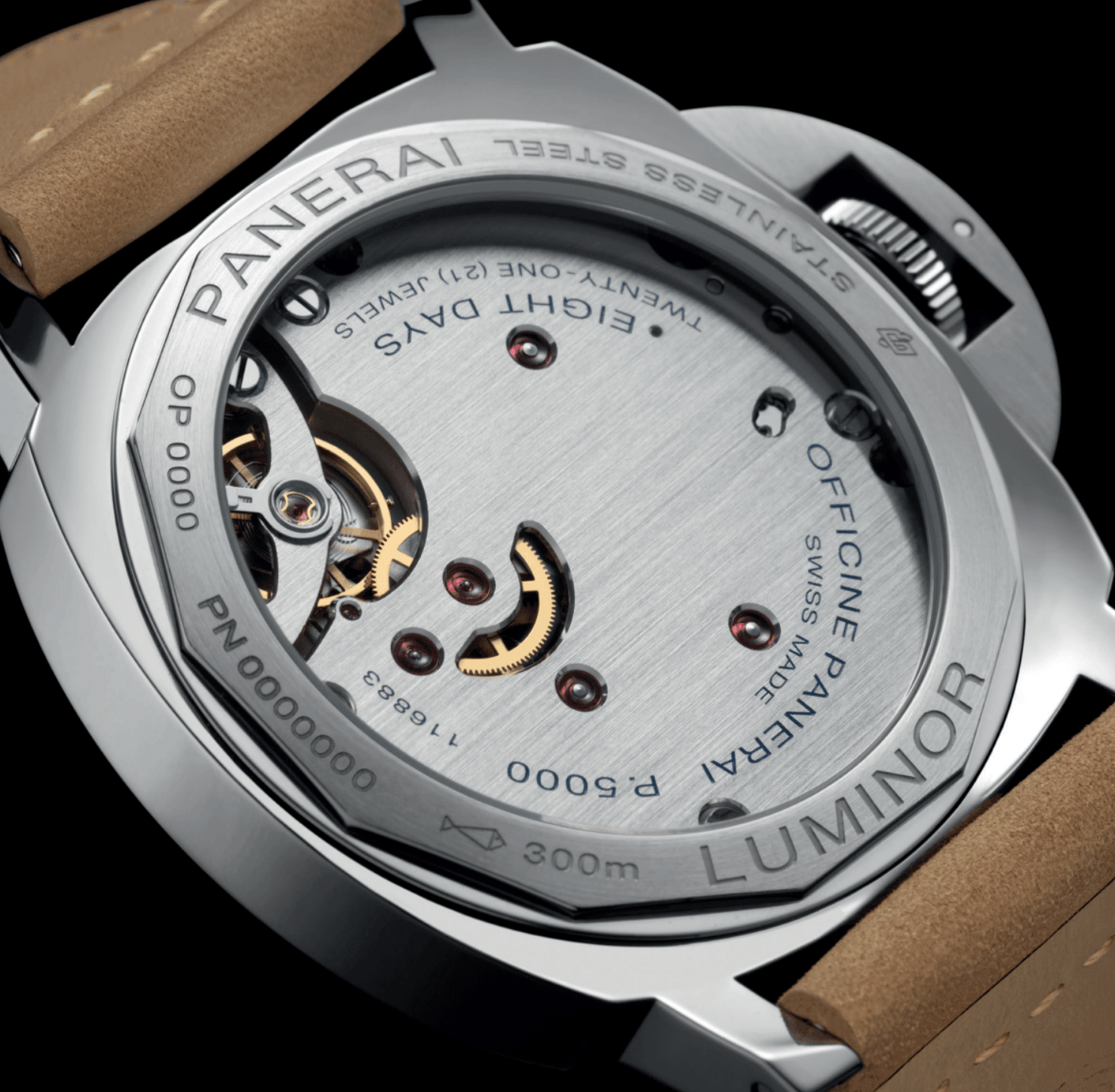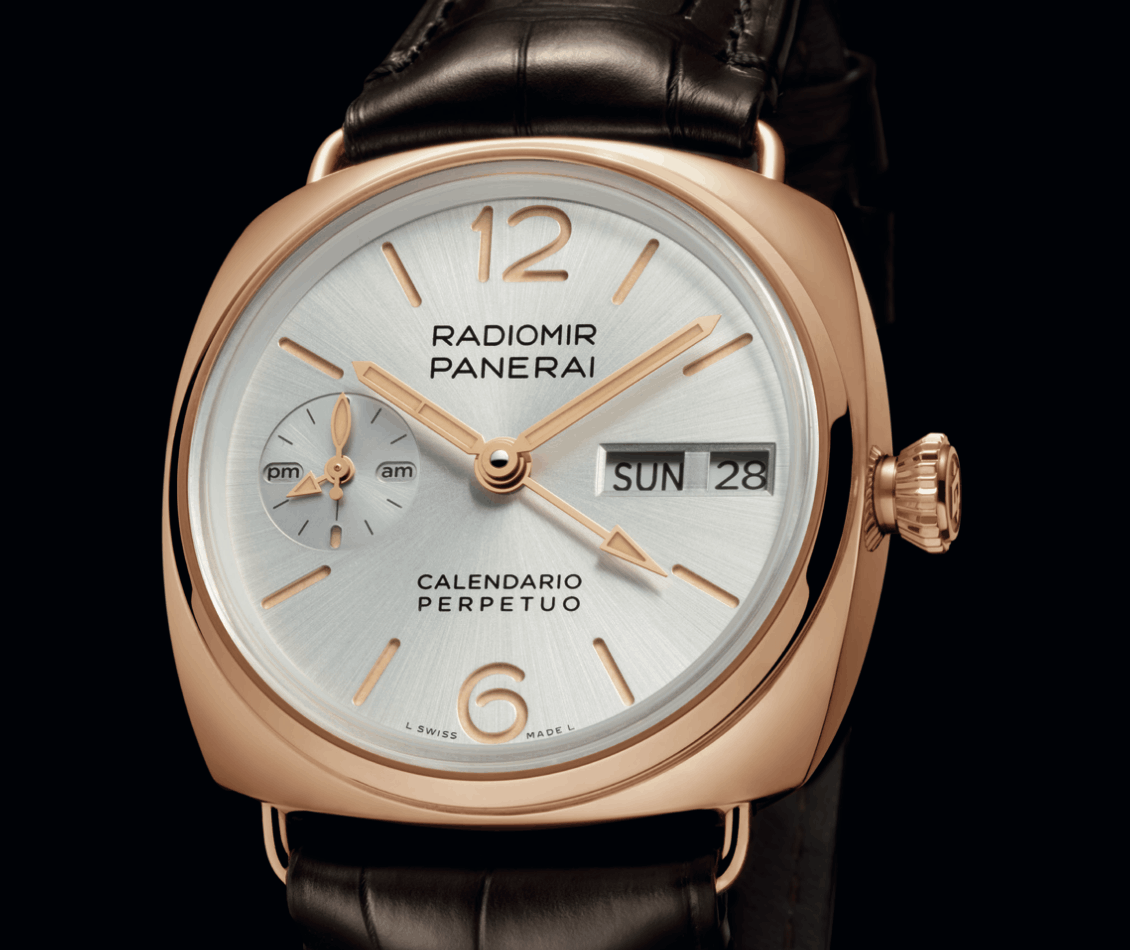PREMIERE OF THE IWC ANNUAL CALENDAR

PREMIERE OF THE IWC ANNUAL CALENDAR – PORTUGIESER ANNUAL CALENDAR
The new Portugieser Annual Calendar brings together two firsts for IWC and three masterstrokes of haute horlogerie in a single case: the newly developed annual calendar closes the gap between the perpetual calendar and the simple date display. The new IWC-manufactured 52850 calibre has two barrels that keep the new function supplied with ample energy and still has enough left for a 7-day power reserve.
IWC continues to enhance its Portugieser watch family with new, eye-catching complications. After the minute repeater (1995), the 7-day power reserve (2000), the perpetual calendar (2003), the Tourbillon Mystère (2004) and the constant-force tourbillon (2011) – to name but a few – the recent 8-day hand-wound movement (2013) consolidated the Portugieser watches’ reputation as one of the leading lights of haute horlogerie.
In 2015, the Year of the Portugieser, IWC’s newly developed annual calendar is another interesting additional feature to complement the perpetual calendar. The complication is powered by the new IWC-manufactured 52850 calibre. Both are found for the first time in the Portugieser Annual Calendar (Ref. 5035). The watch thus symbolizes the launch of an IWC initiative to produce further series of inhouse calibre families in the years ahead.
Located at “12 o’clock” on the dial, IWC’s annual calendar shows the month, date and day in three separate, semicircular windows. The switching mechanism automatically takes into account the differing lengths of individual months. Unlike a perpetual calendar, however, the annual calendar is unable to factor in the differing length of the month of February or the leap years. Once a year, then, at the end of February, it requires manual correction. For the development of the annual calendar module, IWC’s watch designers ensured that the correction could be carried out easily and conveniently using the crown. Thanks to this elegant solution, the engineers were able to dispense with a corrector, which would have compromised the Portugieser Annual Calendar’s purist design.
IN THE STYLE OF A DESIGN ICON
In order to free up as much space as possible for the date display, the designers replaced the indices from “11 o’clock” to “1 o’clock” with the three display discs. The “American” order in which the date is shown was not only necessary from a technical and design point of view, but is also a homage to F. A. Jones, IWC’s American founder. With its voluminous 44.2-millimetre case, grooved bezel,
classic railway-track-style chapter ring, slim feuille hands and almost unchanged Arabic numerals, the Portugieser Annual Calendar very closely resembles the original Portugieser of 1939, a veritable design icon. The small seconds subdial, however, is not positioned at “6 o’clock” as in the original, but at “9 o’clock”. The subdial on the opposite side contains the power reserve display. The in-house movement with 7-day power reserve is yet another quantum leap in the history of the Portugieser family. The rare combination of an annual calendar and 168-hour calibre should make this latest complication from the House of IWC even more attractive for watch connoisseurs.
FASCINATING INSIGHT INTO THE NEW IWC-MANUFACTURED MOVEMENT
The Portugieser Annual Calendar is available in 18-carat red gold (Ref. IW503504) with a silver-plated dial or in stainless steel with a silver-plated (Ref. IW503501) or midnight blue (Ref. IW503502) dial. The fine sun-pattern finish on the blue dial reflects incident light dynamically in a myriad directions. All versions of the watch are fitted with black Santoni alligator leather straps. The arched-edge sapphire glass makes the case look slimmer and underscores the watch’s classic elegance. The curved strap horns ensure greater comfort even on slimmer wrists. The see-through sapphire-glass back provides an unimpeded view of the exquisite new IWC-manufactured 52850 calibre. Across the entire 52000-calibre family, the rotors have been made slimmer, while the bridges are more open and inset with a solid gold “Probus Scafusia” medallion. This way, even more details of the movement with its two barrels can be seen. The improved Pellaton winding system with the practically wear-free components made of black and white ceramic is also clearly visible.
















